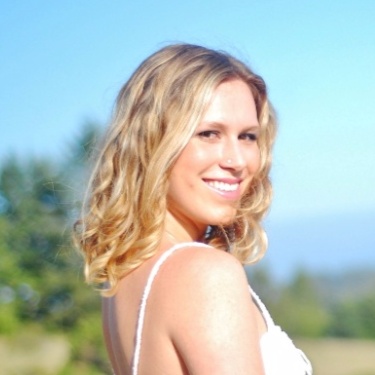
Hannah Hagemann
By Hannah Hagemann
The sites I worked at as a geologist for an environmental consulting firm were eerily similar. All located within low income or working-class neighborhoods in Los Angeles, the residents were immigrants and people of color, who face systematic barriers to higher education. Their neighborhoods were industrial; positioned next to railroad tracks, landfills, or chemical plants. Most of the time, companies who polluted abandoned the area long ago. But the people who had bought homes there and started families, stayed. Either they didn’t have knowledge about the contamination and the myriad of possible health effects, or they did, and couldn’t sell their homes, or afford a move. For the corporations one plant is an asset and a liability. For the communities, this was their life.
I worked on the Exide Project in east Los Angeles—the largest environmental cleanup effort in the history of California, resulting from a battery plant that spewed toxic metals out over a mile and half radius. I reviewed the numbers and checked boxes indicating lead was found at levels dangerous to human health, sometimes at preschools or residences with young children. I was left deeply saddened and disturbed. I questioned if there was something more that could be done, sooner.
These same thoughts came to surface when I sampled soil in backyards separated from railroad tracks only by picket fences, 20 miles away from the neighborhoods effected by Exide. One resident was understandably concerned about the results at her property. I told her that the soil in her backyard contained lead—a likely human carcinogen that attacks the bloodstream and brain—at more than five times the EPA detection limit that designates a risk to human health. A neighbor on that same block told me that his children couldn’t play in their own backyard, for fear of the health risks from inhaling contaminated dust.
Explaining soil, water and air data to community members—and listening to their experiences—was in many ways my first brush with community science. Questions began to form in my mind: Could we halt, or at least lessen the effects of, pollution with a more proactive versus reactive approach? What if we focused on prevention instead of remediation? What if our society placed a higher value on the quality of human life instead of corporation’s profit gain?
During a time when the EPA is rolling back regulations like the Clean Water Act that protect our waterways and drinking water from pollution, we need to create new avenues to defend the environment at a do it ourselves, citizen-based level. I think the answer is community science. In the powerful HBO documentary Atomic Homefront, environmental activist Lori Gibbs sums up the spirit of community science as a movement: “You have to take all the beliefs you once had about how change happens, and just throw them out the window.”
After attending the Thriving Earth Exchange project launch workshop at the AGU conference last December, my ideas of how progress can occur were undoubtedly changed. Having never formally participated in community science work, I wasn’t sure what to expect. The organizers opened the workshop by emphasizing the principles of community science, urging participants to let the community representative lead the discussion, to not rush to solutions or dismiss proposed solutions as impossible, and to keep an open mind.
In the workshop my group and I were matched with a community leader, Darilyn, from Plaquemines Parish in New Orleans. The group that surrounded me was diverse; we had a school board representative, a NASA scientist, a coder, a hydrologist, and me, a geologist-turned-writer. Darilyn described the multitude of challenges Plaquemines faces; they are arguably the most exposed community on the gulf of Louisiana, and with no sea wall they get hit hardest with storms.
The group nominated me to present the comprehensive plan we developed to the room of scientists, activists and politicians. With clammy hands, I communicated Plaquemines Parish’s values and environmental challenges, along with the detailed action-item plan my group and I had concocted. After the workshop ended Darilyn approached a TEX project manager and stated that she needed me to stay on the project; when I heard that, I knew I was successful in the presentation and that my group’s hard work to ensure that Plaquemine’s values were paramount in planning paid off.
TEX is innovative in that its approach to environmental problems focuses on people, their values, and their voices. In the consulting industry, all too often communities become stuck in the middle of a battle between a corporation, a consultant and multiple regulatory bodies while progress stutters, stops, re-starts—all while the problem remains. As a consultant, so many times I found myself wanting to be able to take the time to explain data in depth to community members. Community science, and organizations like TEX, can fill that gap—to arm residents with data, empower them with knowledge and implement solutions with a critical focus on public health.
At AGU I found myself inspired by the willingness of researchers to apply their work in ways that spans far beyond academia, to neighborhoods with local environmental issues. Science can create profound change but without effective communication, possible solutions could never be implemented. And too often, communities are left out of these conversations.
My experience in the environmental consulting industry has impassioned me to become involved further in community science, now as a science communicator. Where do you see science writers and communicators fitting in within this movement?
